Audio
The latest Audio breaking news, comment, reviews and features from the experts at T3
Explore Audio
-

Motorola's surprise launch will make your ears very pretty
And the company has made a return to smartwatches too
By Britta O'Boyle Published
-

JBL Charge 6 review: setting the standard for portable speakers in 2025
The JBL Charge 6 harnesses the power of AI to produce clear, powerful sound
By Yasmine Crossland Last updated
-

Motorola’s open earbuds could bring the bling and Bose sound
Motorola is preparing to launch its first open earbuds and a new smartwatch too
By Carrie Marshall Published
-

Looking for a high-end record player? These 3 luxury turntables are the best
It’s Luxury Month on T3 – so here are the 3 top luxe record players you can buy
By Simon Lucas Published
-

Skullcandy’s ANC earbuds are Bose in disguise with a very low price
With Bose sound and Skullcandy prices, these could be the budget buds to beat
By Carrie Marshall Published
-

These are the 3 best luxury wired headphones you can buy
It’s Luxury Month on T3, so here are the 3 best luxurious pairs of headphones for a stellar listening experience
By Simon Lucas Published
-
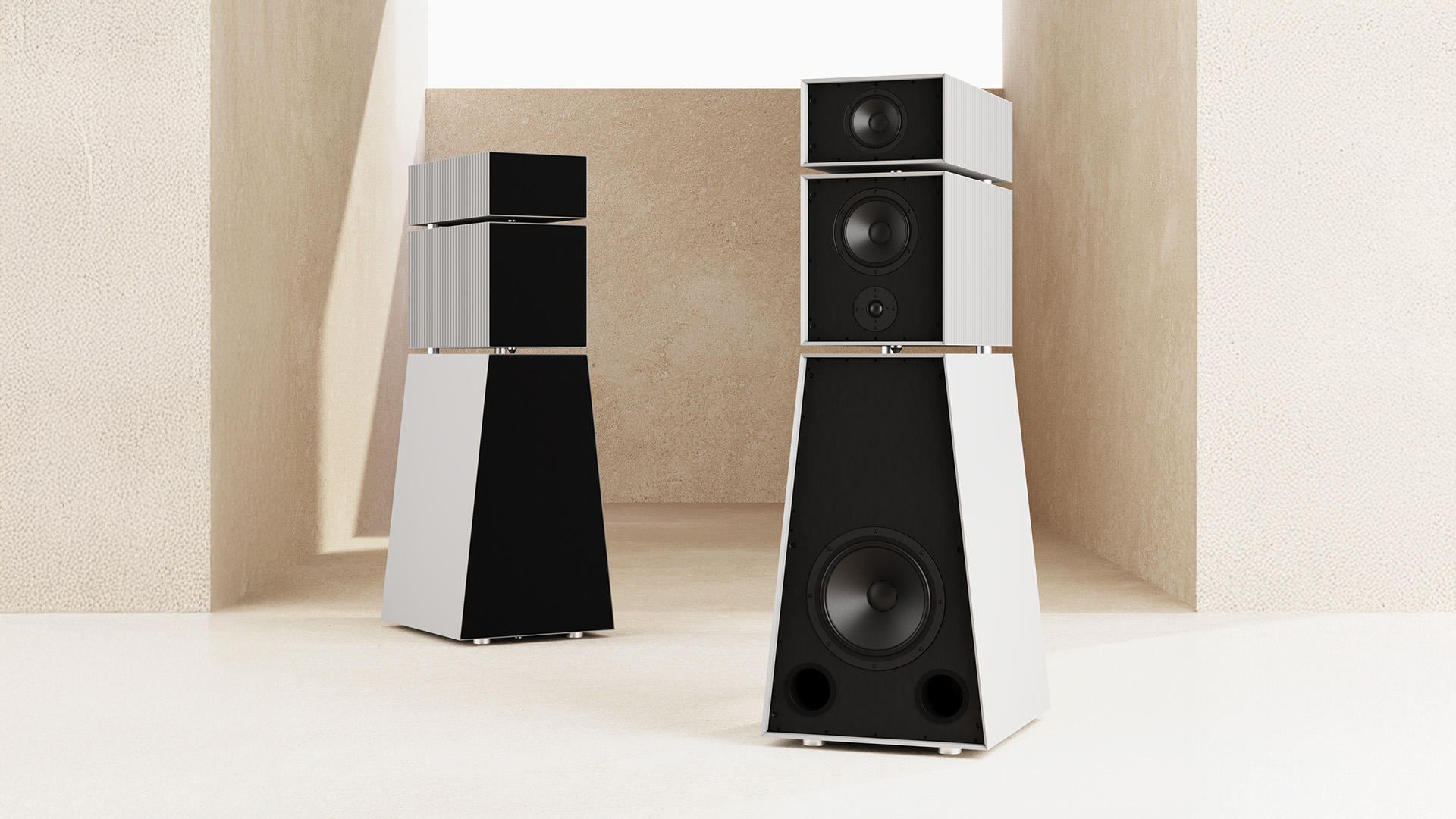
Meet Rhea and Theia, the speaker superstars with supercar prices
Goldmund's superbly sci-fi speakers are out of this world
By Carrie Marshall Published
-

Best soundbars for LG TVs 2025: Upgrade your LG TV's sound
LG TVs can benefit from particular soundbar pairings. Here are the best – as reviewed, rated and ranked
By Mike Lowe Last updated
-

Final’s wireless gaming buds are a low-lag power-up for players
These wireless buds deliver better-than-Bluetooth gaming performance
By Carrie Marshall Published
-
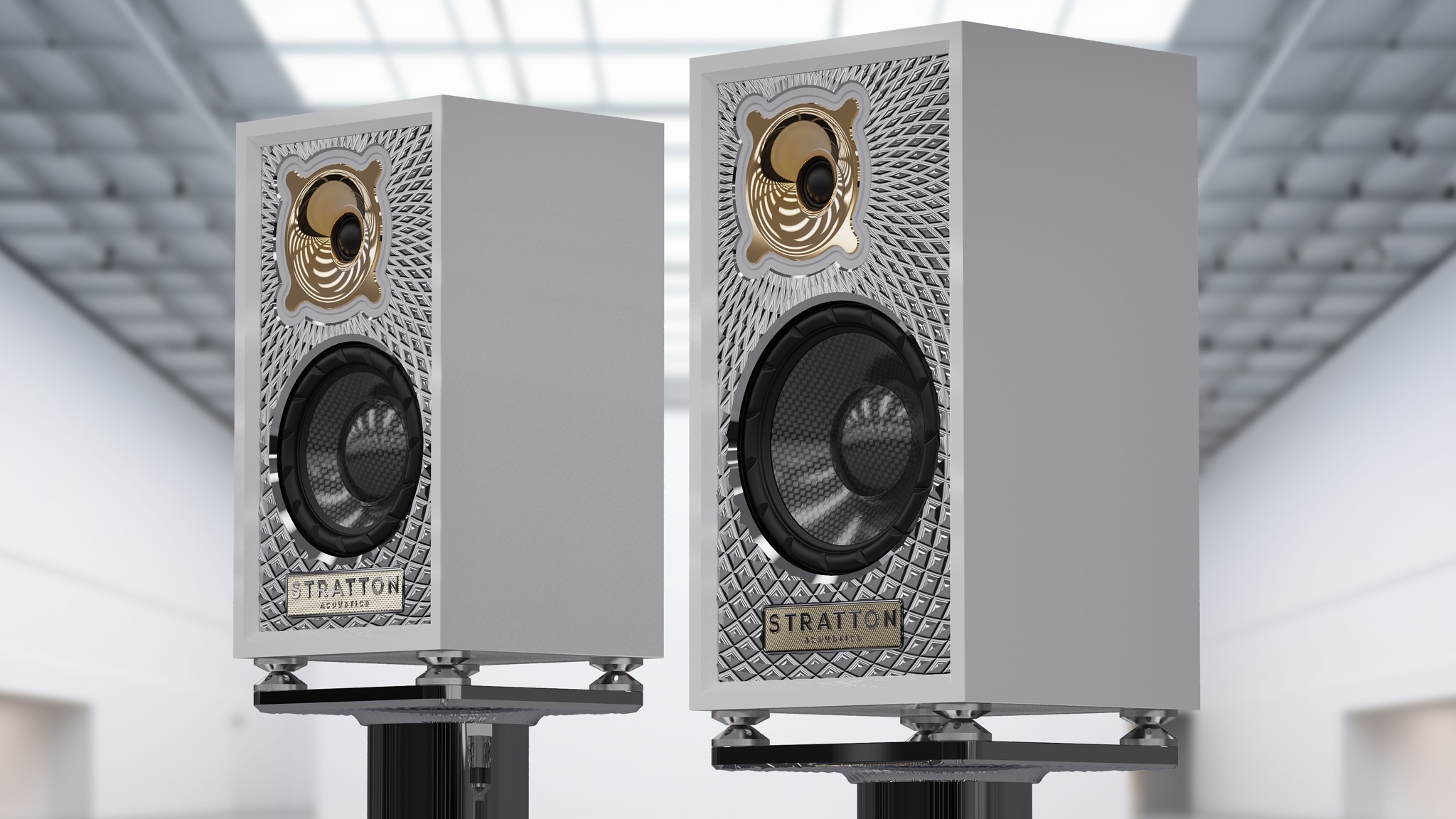
These British-built luxury speakers are so striking they’ll stop you in your tracks
Stratton Acoustics' luxury speakers look stunning and promise performance to match
By Carrie Marshall Published
-
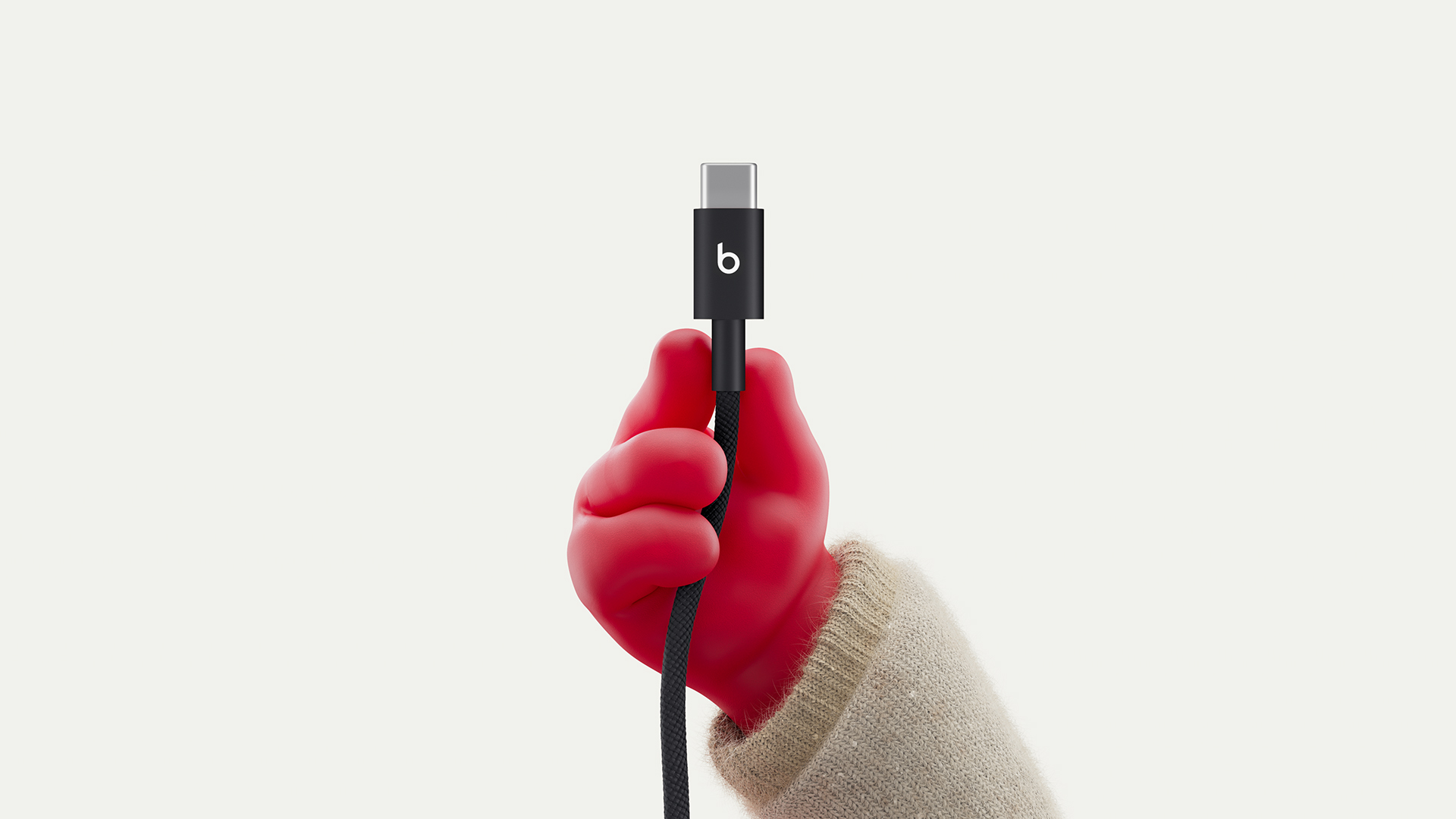
The Pill People return for Beats' most unexpected product launch yet
Beats is charging into a new category – literally
By Matt Kollat Published
-
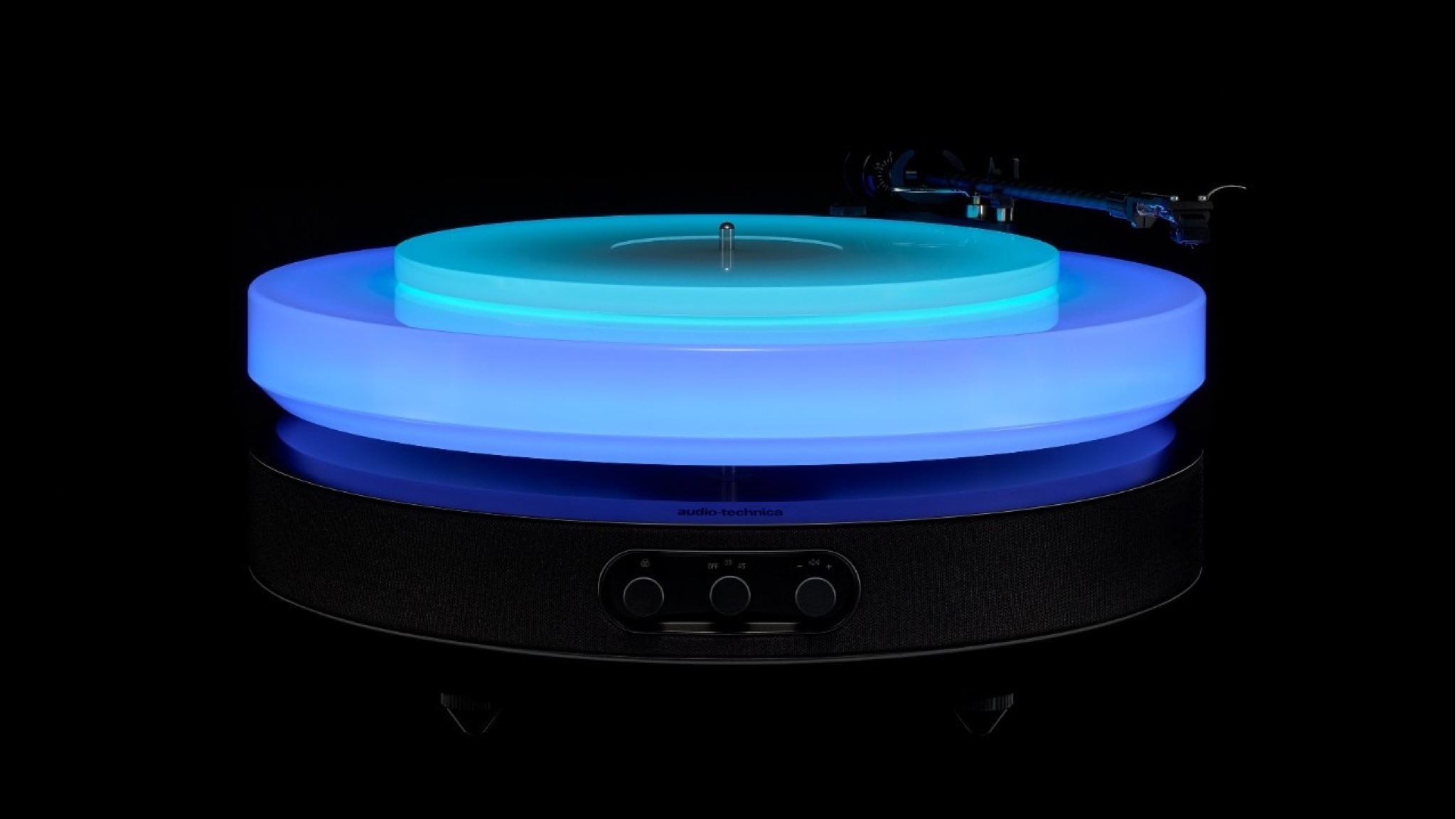
Audio-Technica’s latest luxury turntable will light up your life, and your records
This strictly limited turntable is a feast for the eyes as well as the ears
By Carrie Marshall Published
-
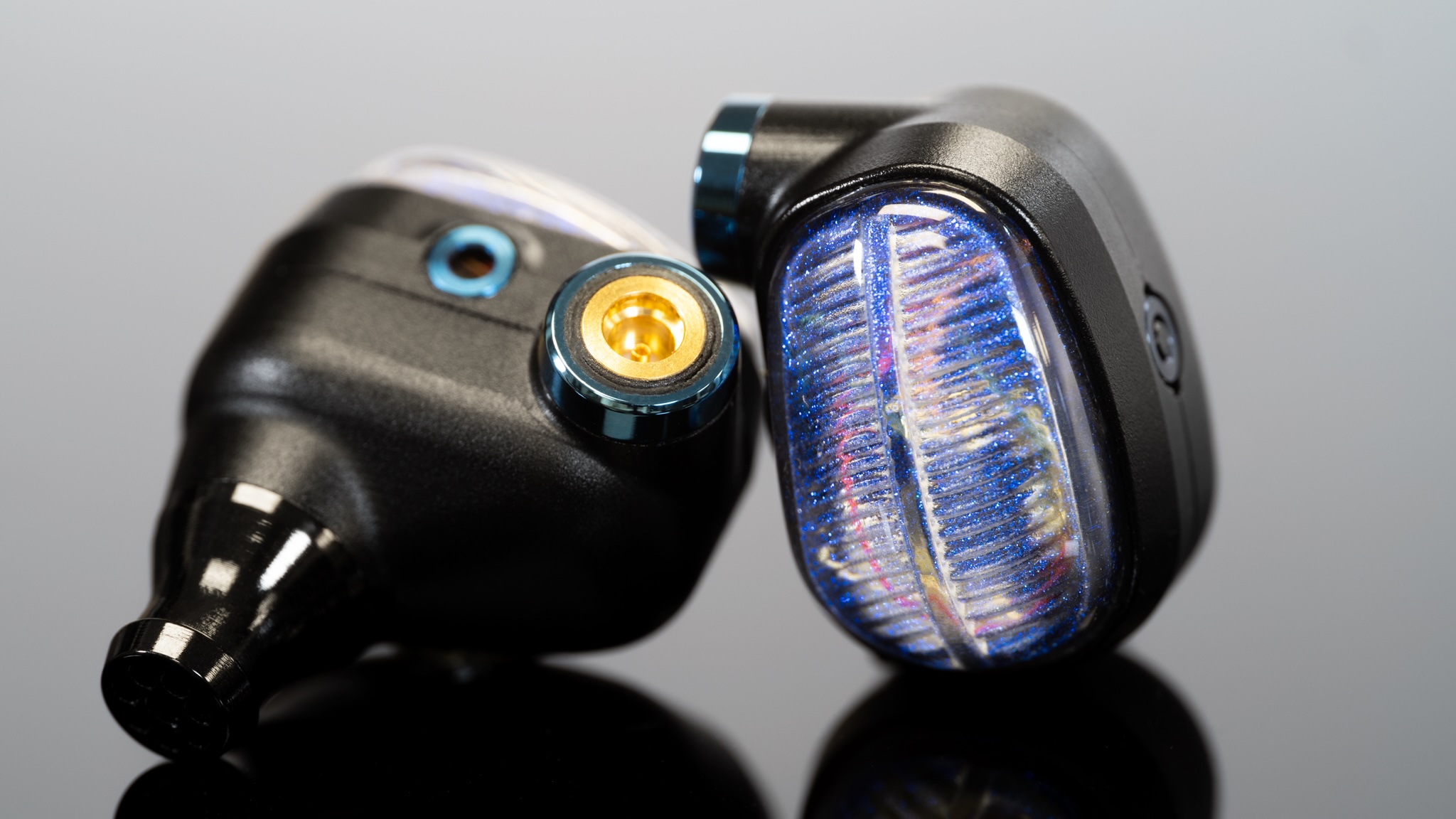
Campfire Audio’s new Alien Brain IEMs are a hi-fi, sci-fi glass act
Campfire promises "close encounters of the Hi-Fi kind"
By Carrie Marshall Published
-

Toshiba’s portable record player is a Walkman for your vinyl
Toshiba's tiny record player is a lot more portable than your record collection
By Carrie Marshall Published
-

Leaked AirPods prototype looks like Nothing... literally
And we are here for them
By Britta O'Boyle Published
-

Audeze’s new planar headphones promise studio-quality sound without a sky-high price
The new LCD-S20 closed-back headphones are Audeze's most affordable premium planar headphones yet
By Carrie Marshall Published
-
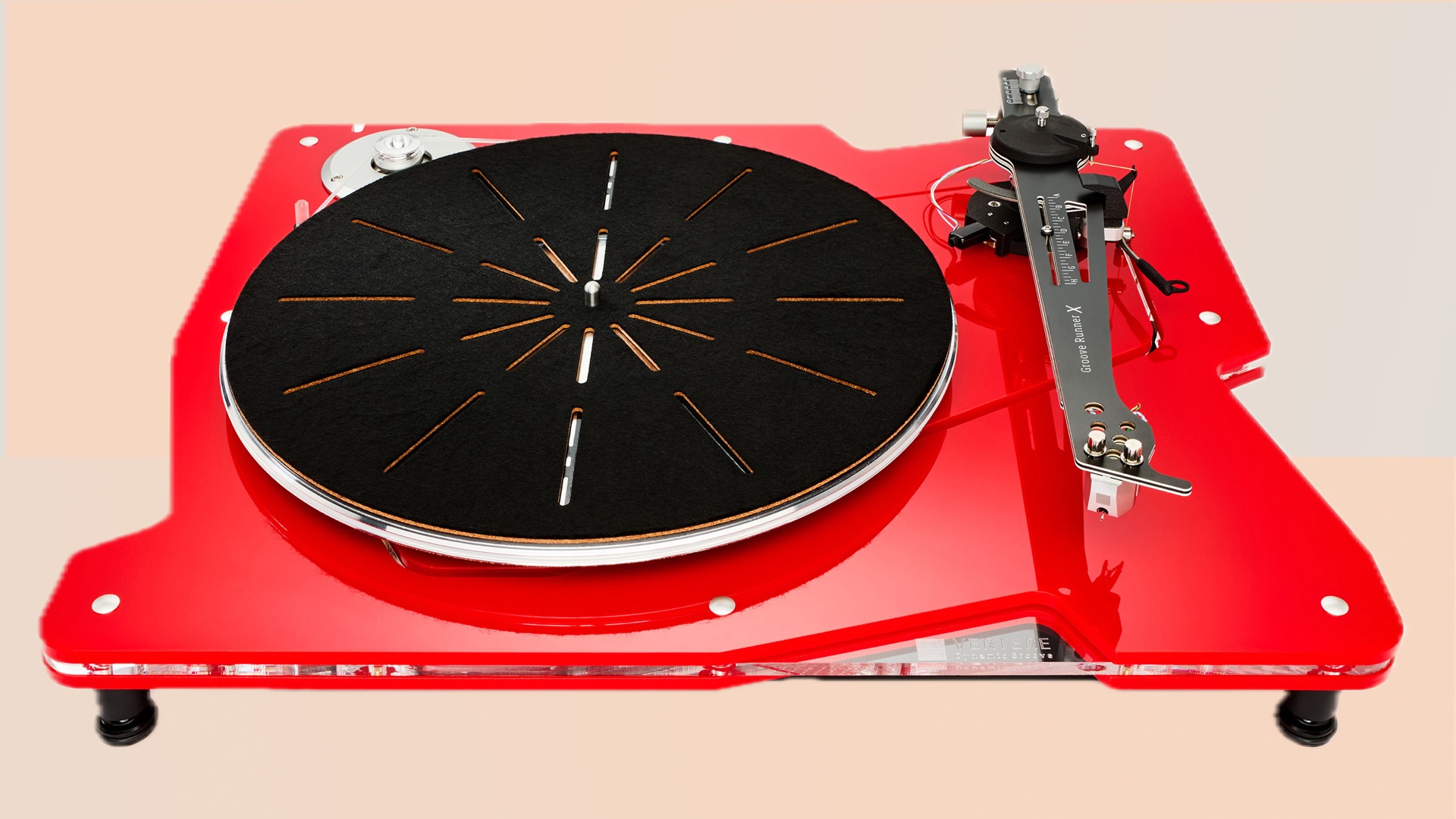
Vertere’s award-winning audiophile turntable gets an everything upgrade
The Vertere DG X is a sonically gifted high-spec turntable that looks incredible too
By Carrie Marshall Published
-

Rotel’s smart new compact amp is brilliant for bookshelf speakers
Rotel builds on its impressive headphone amp with a more powerful model for small speaker setups
By Carrie Marshall Published
-
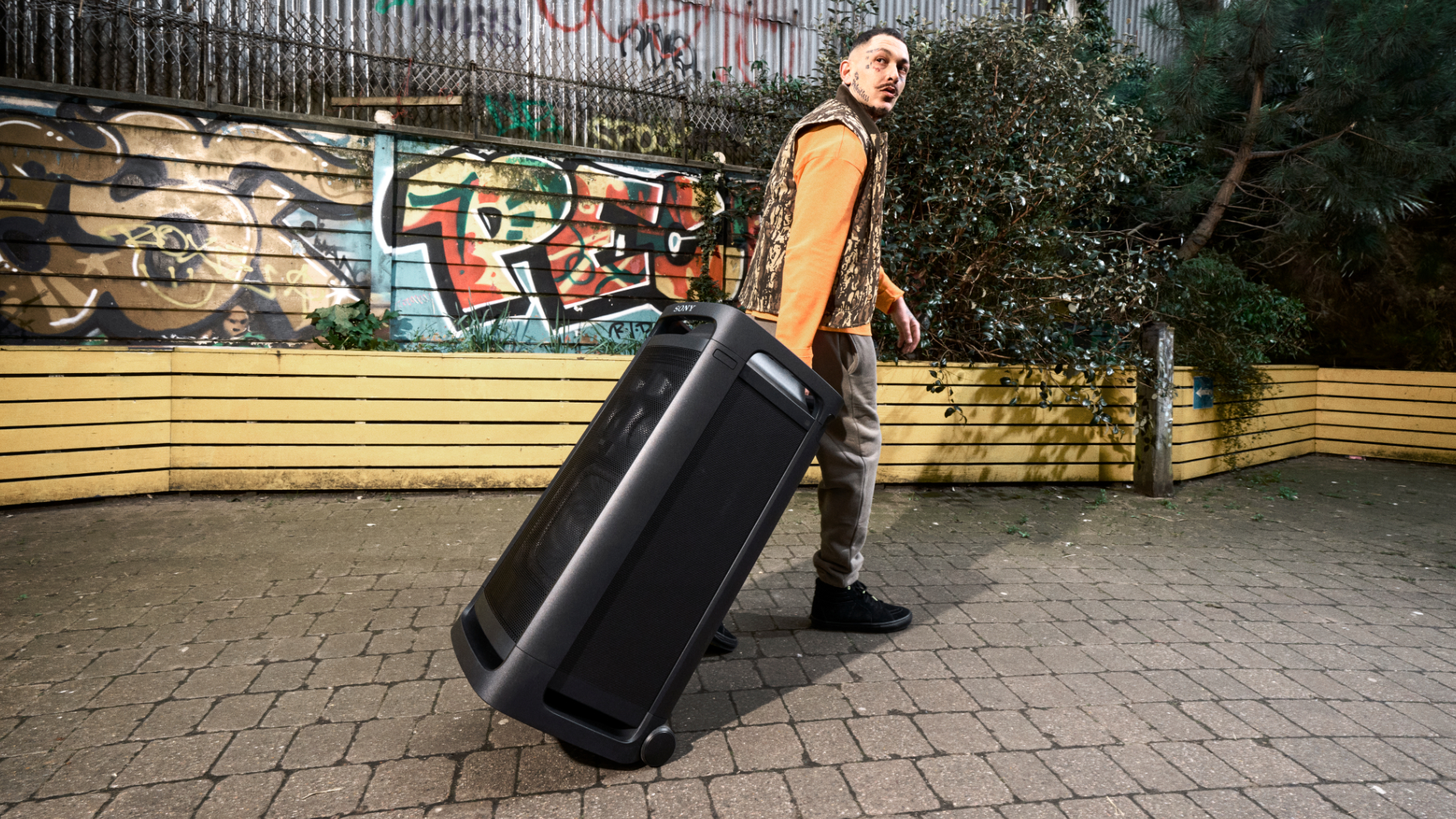
Sony drops a whole host of new Ult speakers, including some chunky units
The Ult lineup grows
By Max Freeman-Mills Published
-
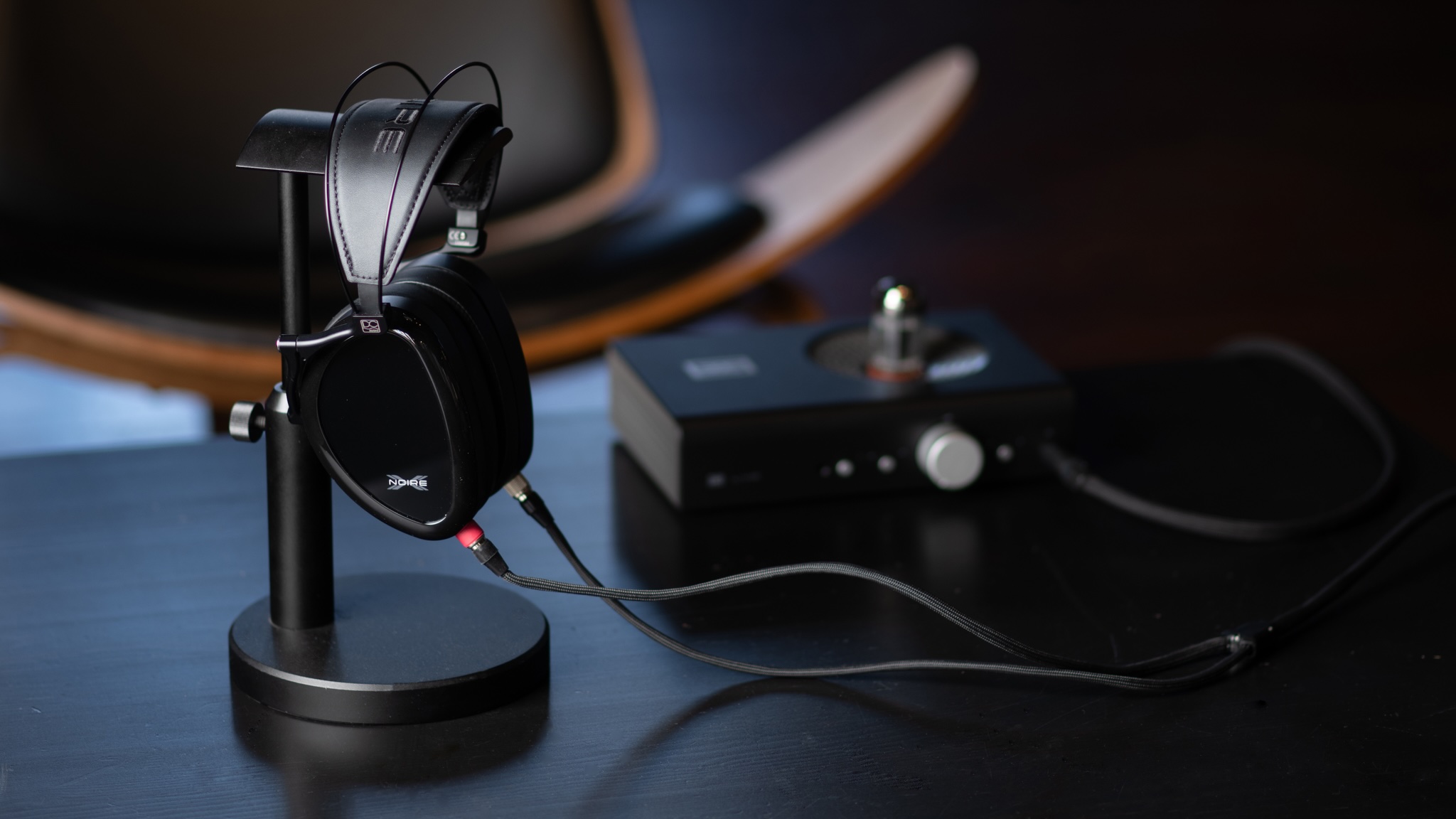
These acclaimed planar headphones are now in the UK for a surprisingly accessible price
DCA Audio's Noire X headphones offer planar power for less than you might expect
By Carrie Marshall Published
-

Loewe wants to give your home cinema experience a BOOST
We.BOOST promises "the ultimate cinema sound experience" with wireless plug and play
By Carrie Marshall Published
-
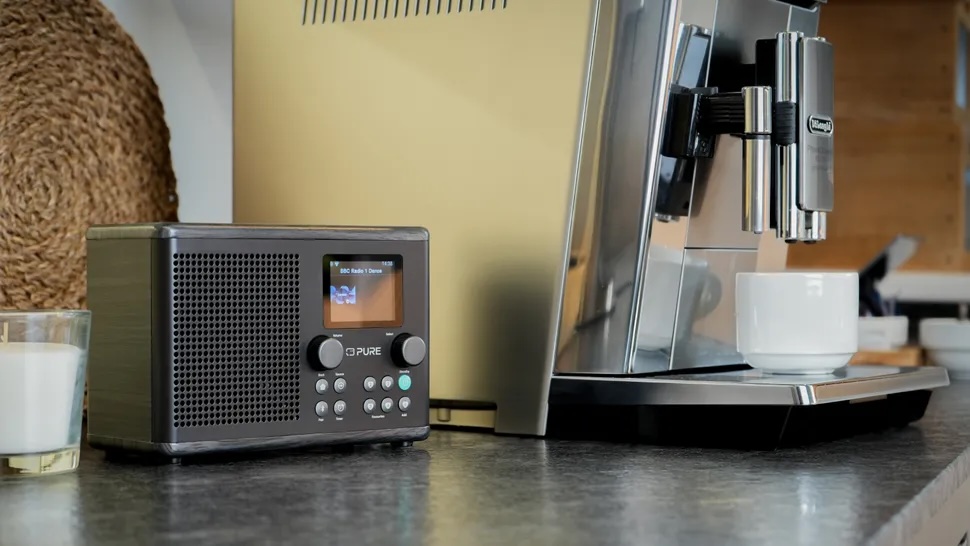
Pure’s affordable retro radios are getting an internet upgrade
The new Classic H4i and Classic C-D6i DAB+/FM radios get internet radio streaming
By Carrie Marshall Published
-

Denon's new true wireless earbuds will elevate your outdoor adventures
Open earbuds for awareness, and ANC for making the world go quiet
By Carrie Marshall Published
-
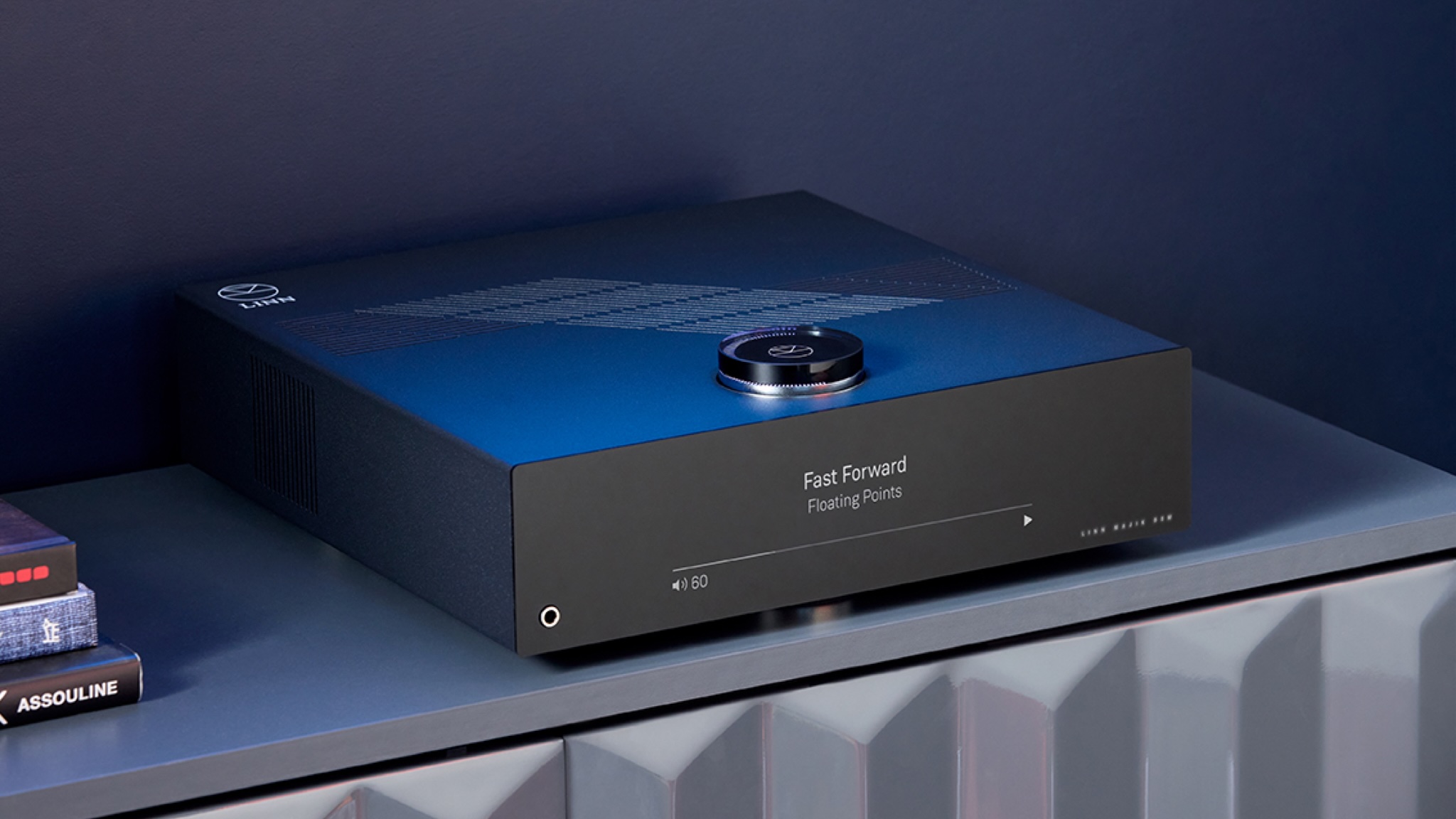
Linn makes Magik with the fifth generation of its sensational streamer
Hi-res audio with integrated pre-amp and amplifier for spectacular streaming
By Carrie Marshall Published
-
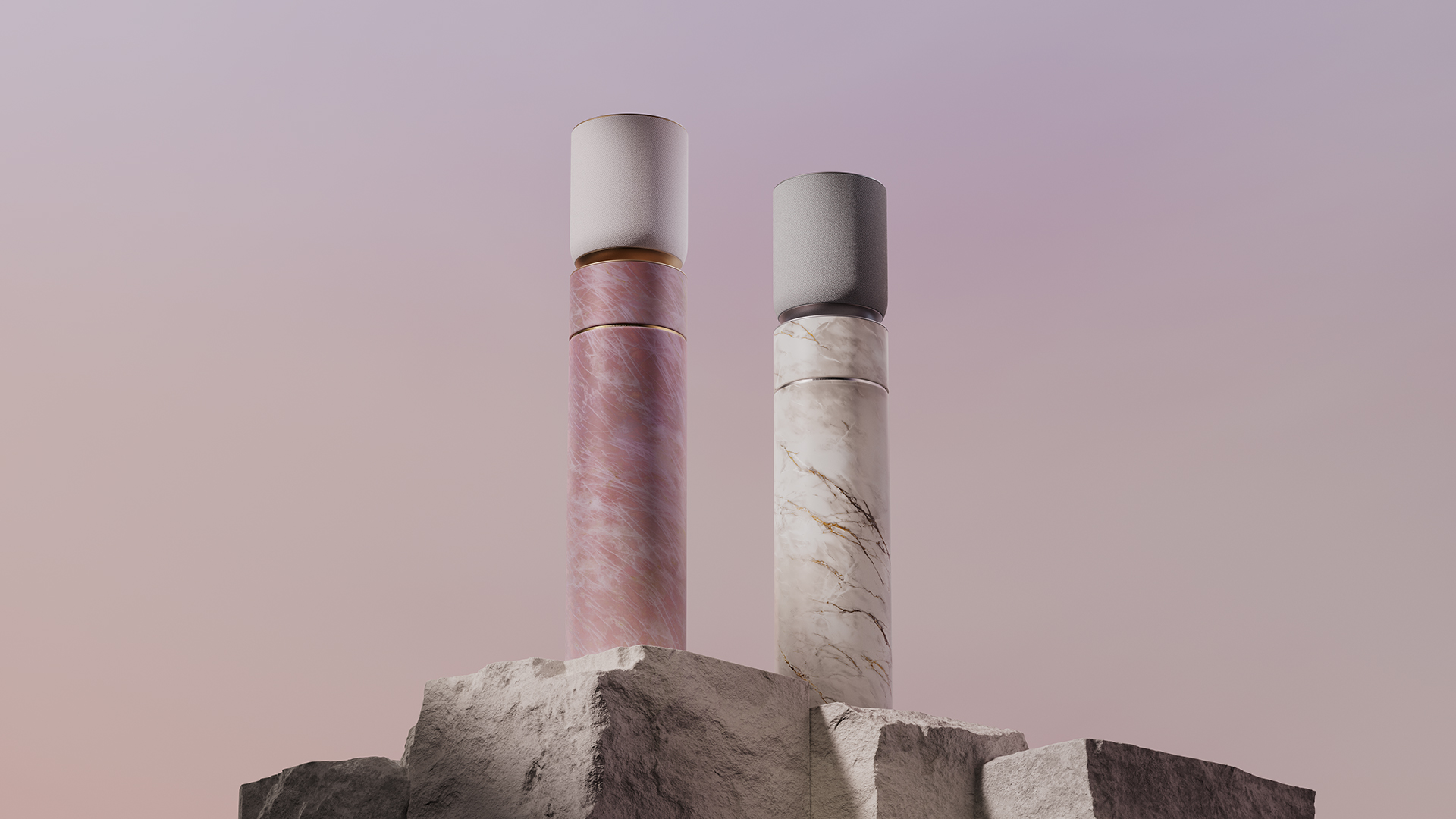
Bang & Olufsen gets stoned for limited edition speaker lineup
B&O partners with Antolini for a series of products made of stone
By Britta O'Boyle Published
-
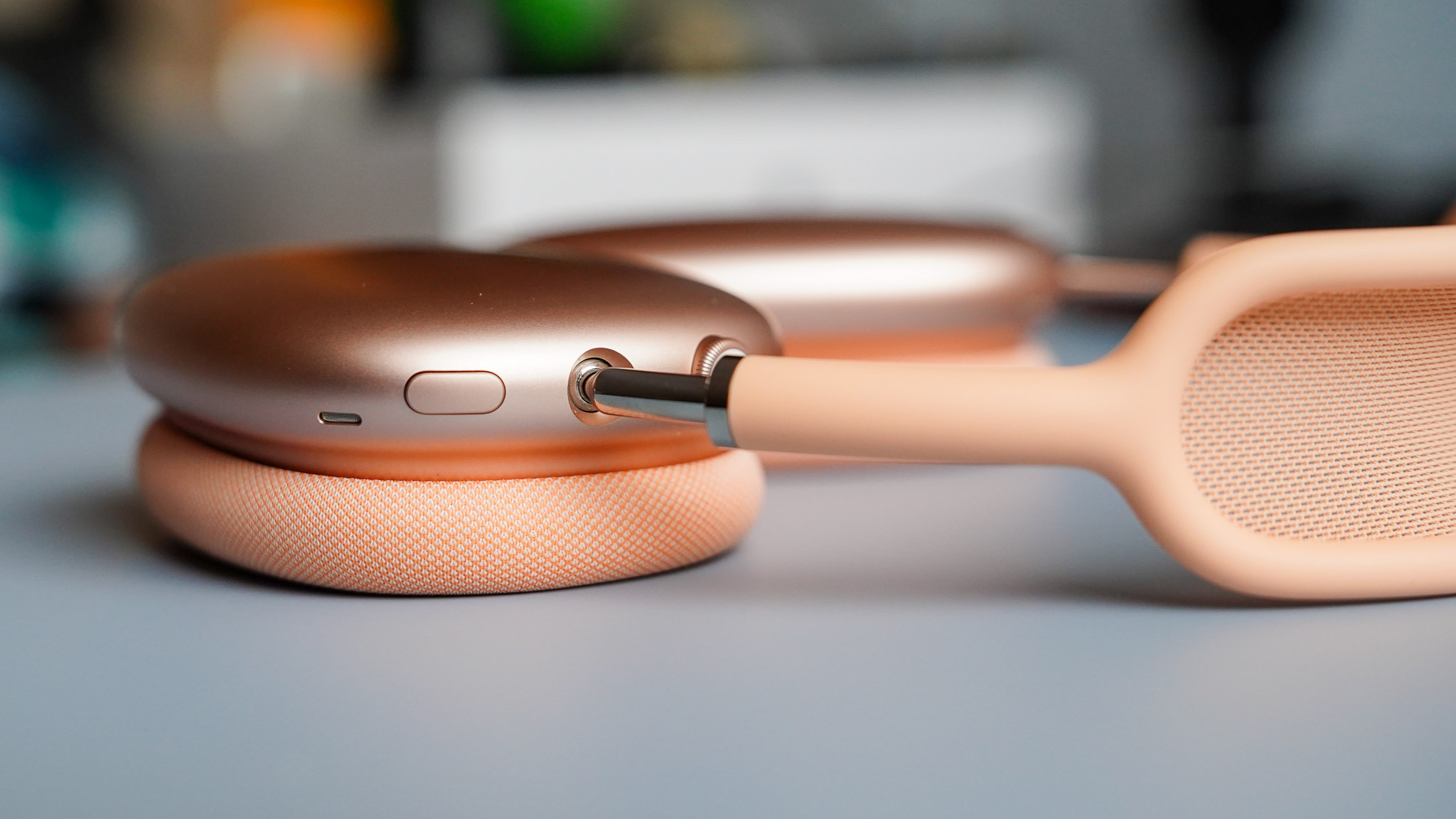
AirPods Max finally get the great free upgrade Apple promised
Here's how to make sure your headphones are running the right firmware
By Britta O'Boyle Published
-
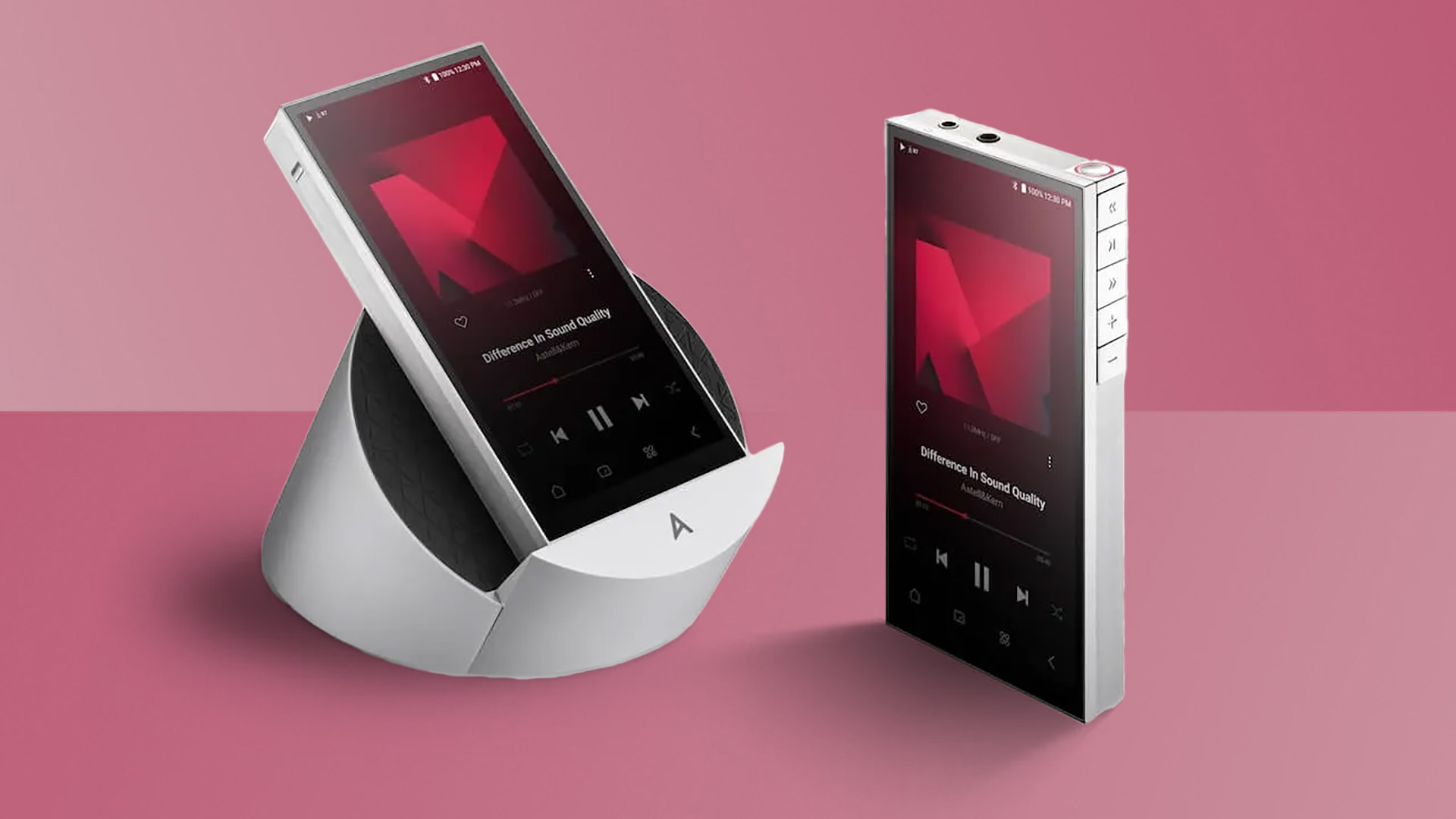
The Astell&Kern PS10 makes it easy to add Hi-Res Audio streaming to your system or active speakers.
The PS10 makes it easy to add Hi-Res Audio streaming to your system or active speakers
By Carrie Marshall Published
-
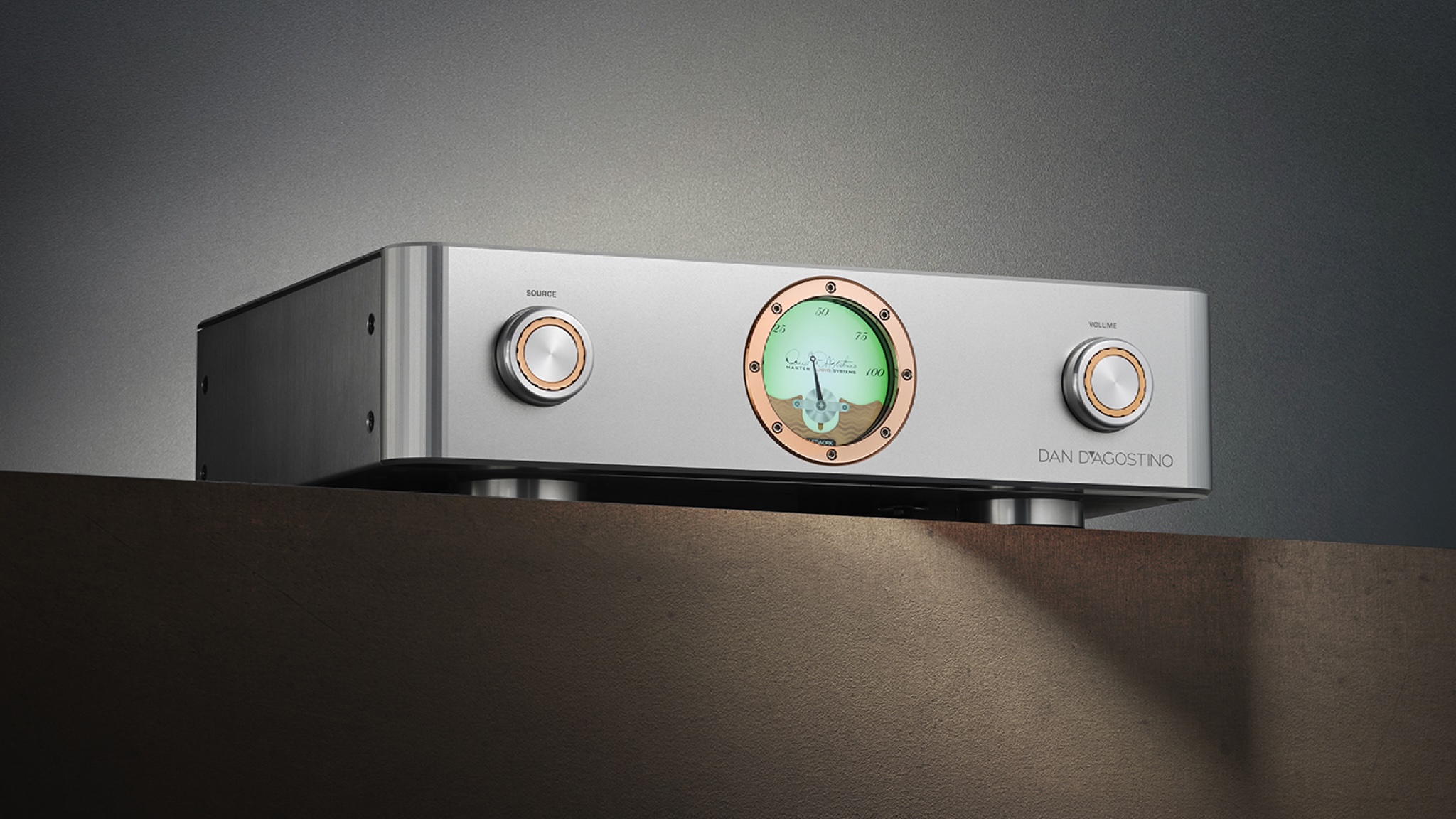
Dan D'Agostino's retro cool Pendulum amp comes with a "surprisingly affordable" price
Surprisingly affordable by D'Agostino's standards, anyway
By Carrie Marshall Published
-

New McLaren Edition brings supercar style to Bowers & Wilkins' top earbuds
Following an extension of its partnership, Bowers & Wilkins reveals the McLaren Edition of its Pi8 top-end earbuds – and they look great
By Mike Lowe Published
